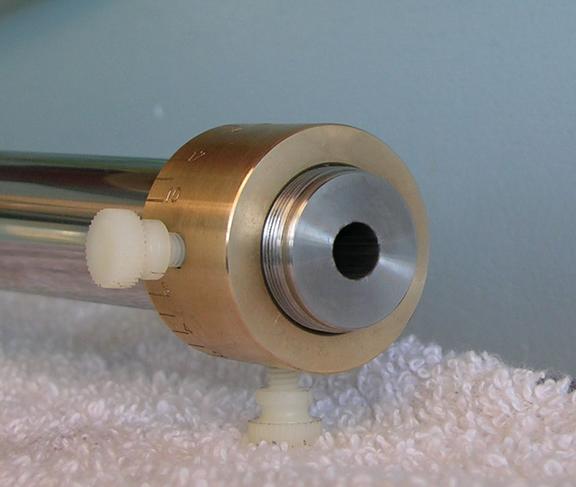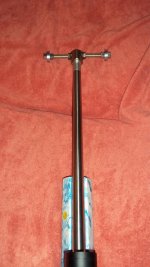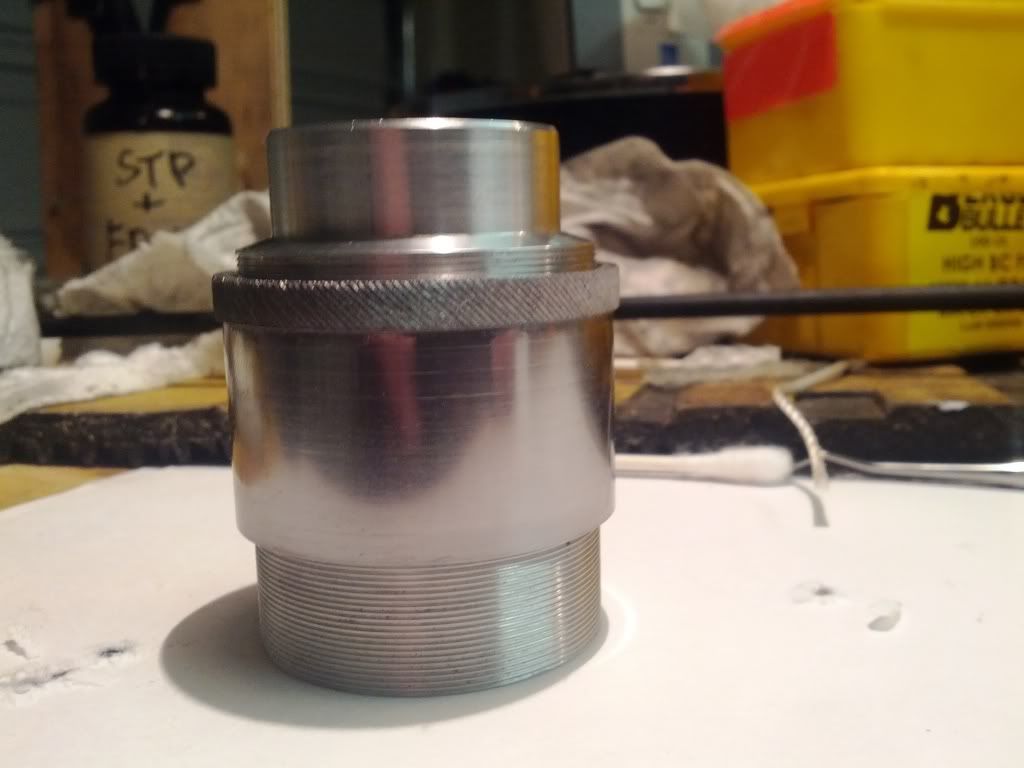Apollo
Jason Stanley
Mr. Brown,
If the number .0012 is constant, I assume this means the Begg's tuner's movement is linear? Other Begg tuner users have told me this. Meaning, if you shoot at 60 degrees then the temp jumps up to 80 degrees - you would know where to put the tuner without having to fire groups to test. Just wondering (after re-reading your post) why it doesn't work for a "new" day?
Reason for asking - I follow much the same procedure - except I don't shoot hundereds of groups. I'll shoot as many groups,without moving my tuner, as it takes to get my baseline tune (adjusting powder and seating depth) Then on a different DA day, I will go shoot, and only moving the tuner, until I get the "same" sized group. I now have my 2 data points and can put that into a spreadsheet to tell me where the tuner needs to be based on any DA. (Temp is the biggest part of the DA formula). It seems to work all the time after that. Just looking for some confirmation that what I am doing is on the right track. I haven't been at this long enough to know when my tune is as good as it can be.
Stanley
If the number .0012 is constant, I assume this means the Begg's tuner's movement is linear? Other Begg tuner users have told me this. Meaning, if you shoot at 60 degrees then the temp jumps up to 80 degrees - you would know where to put the tuner without having to fire groups to test. Just wondering (after re-reading your post) why it doesn't work for a "new" day?
Reason for asking - I follow much the same procedure - except I don't shoot hundereds of groups. I'll shoot as many groups,without moving my tuner, as it takes to get my baseline tune (adjusting powder and seating depth) Then on a different DA day, I will go shoot, and only moving the tuner, until I get the "same" sized group. I now have my 2 data points and can put that into a spreadsheet to tell me where the tuner needs to be based on any DA. (Temp is the biggest part of the DA formula). It seems to work all the time after that. Just looking for some confirmation that what I am doing is on the right track. I haven't been at this long enough to know when my tune is as good as it can be.
Stanley
Last edited:




